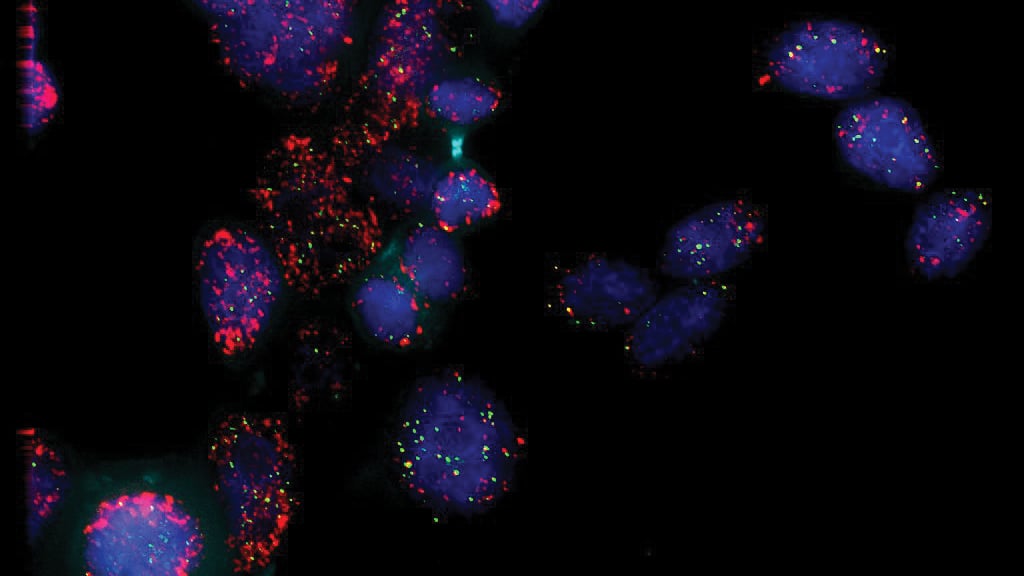Researchers from Anhui Agricultural University have published a study (DOI: 10.1093/hr/uhae136) on May 5, 2024, in the journal Horticulture Research. The study investigates the phosphorylation of a WD40-repeat protein (CsWD40) and its role in regulating flavonoid biosynthesis in tea plants under drought stress. The findings provide new insights into the molecular responses of tea plants to environmental stress.
The study reveals that drought stress increases the expression of CsMPK4a, a mitogen-activated protein kinase, in tea leaves. CsMPK4a interacts with the WD40-repeat protein CsWD40, phosphorylating it at specific sites (Ser-216, Thr-221, and Ser-253). This phosphorylation disrupts CsWD40’s interaction with key transcription factors responsible for flavonoid biosynthesis, leading to reduced flavonoid production. Experiments introducing dephosphorylated (CsWD403A) and phosphorylated (CsWD403D) variants of CsWD40 into Arabidopsis plants further confirmed this regulatory mechanism. Dephosphorylated CsWD40 enhanced flavonoid production, while phosphorylated CsWD40 significantly decreased it. Additionally, transient overexpression of these variants in tea leaves under stress conditions mirrored these results, indicating the phosphorylation state of CsWD40 plays a crucial role in modulating flavonoid biosynthesis. This detailed analysis provides new insights into how tea plants respond to drought at the molecular level, highlighting potential targets for improving stress tolerance.
Dr. Liping Gao, one of the corresponding authors, stated, “Our findings uncover a critical regulatory mechanism that affects flavonoid biosynthesis in tea plants under drought stress. Understanding this pathway opens up new possibilities for breeding drought-resistant tea varieties with optimized flavonoid content.”
The discovery of the phosphorylation sites on CsWD40 provides potential targets for gene editing to develop tea cultivars with enhanced drought tolerance and stable flavonoid production. This research not only contributes to the fundamental understanding of stress responses in tea plants but also offers practical applications in improving tea quality and resilience to environmental stressors.
###
References
DOI
Original Source URL
https://doi.org/10.1093/hr/uhae136
Funding information
This work was financially supported by Anhui Provincial Natural Science Foundation (2308085MC94, 202204c06020035), the joint funds of National Natural Science Foundation of China (U21A20232), and the Natural Science Foundation of China (32000366, 32372756), the National Key Research and Development Program of China (2022YFF1003103).
About Horticulture Research
Horticulture Research is an open access journal of Nanjing Agricultural University and ranked number one in the Horticulture category of the Journal Citation Reports ™ from Clarivate, 2023. The journal is committed to publishing original research articles, reviews, perspectives, comments, correspondence articles and letters to the editor related to all major horticultural plants and disciplines, including biotechnology, breeding, cellular and molecular biology, evolution, genetics, inter-species interactions, physiology, and the origination and domestication of crops.


